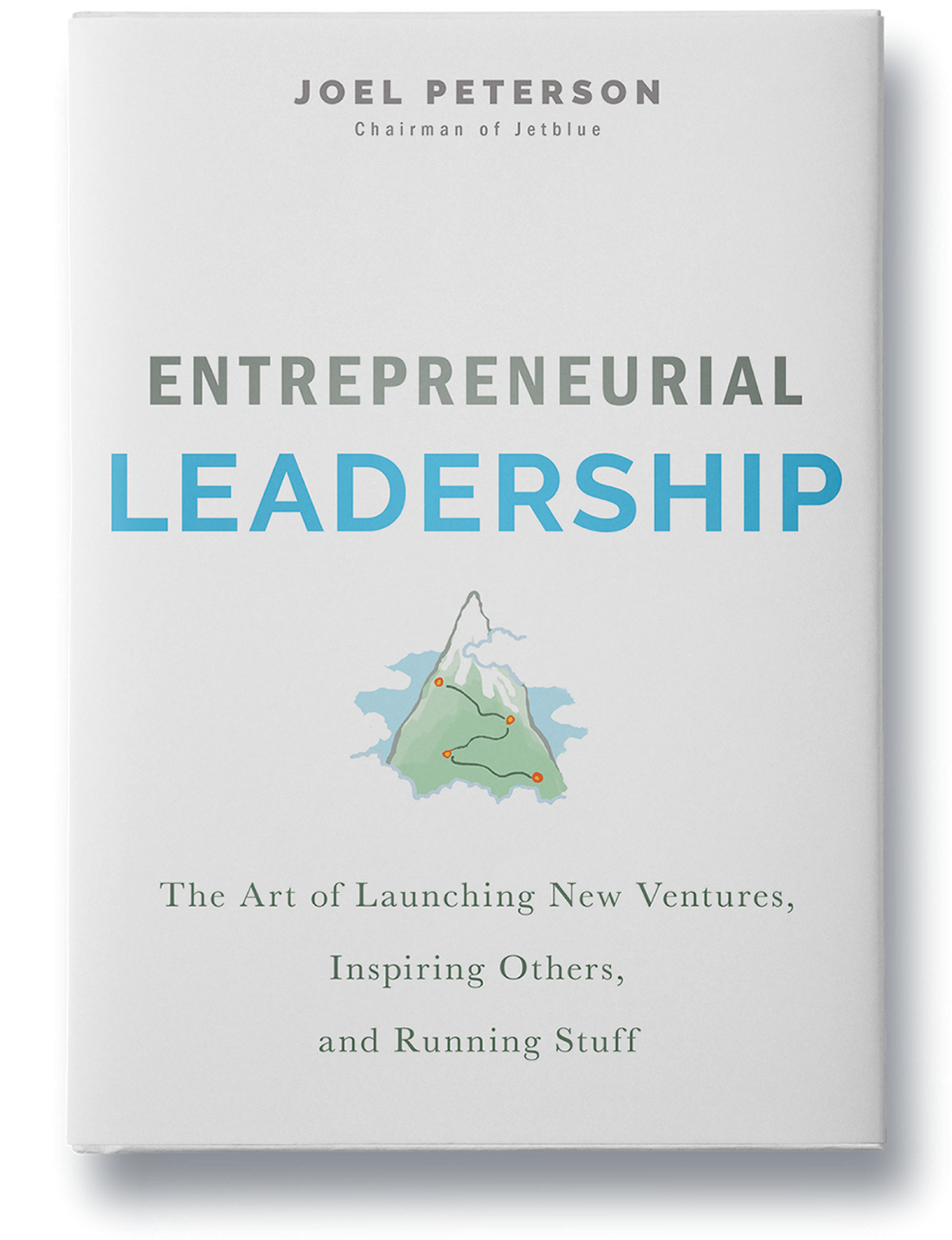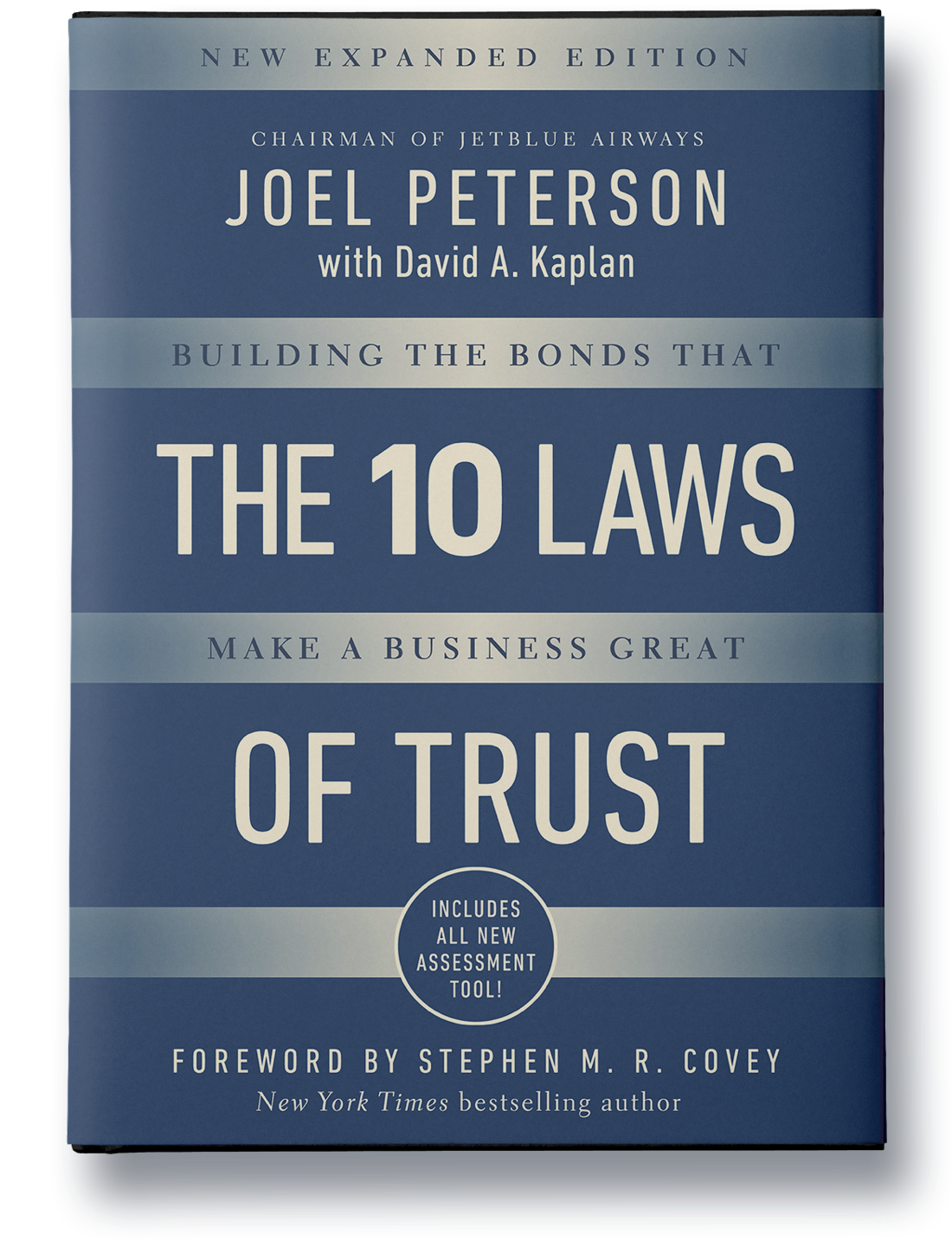The Trust Diagnostic
What is the trust level of your organization?
Determining your organization’s trust level is vital to increasing it. However, because of the emotional nature of trust, many people are reluctant to talk about their wariness, misgivings, and fears of betrayal.
This is a simple 10-question assessment tool to give leaders a measure of existing trust levels. Having helped thousands of leaders increase trust within—and across—teams, FranklinCovey has developed this survey as a starting point for assessing the degree of difficulty presented by the road to high trust.
TAKE THE SURVEY

